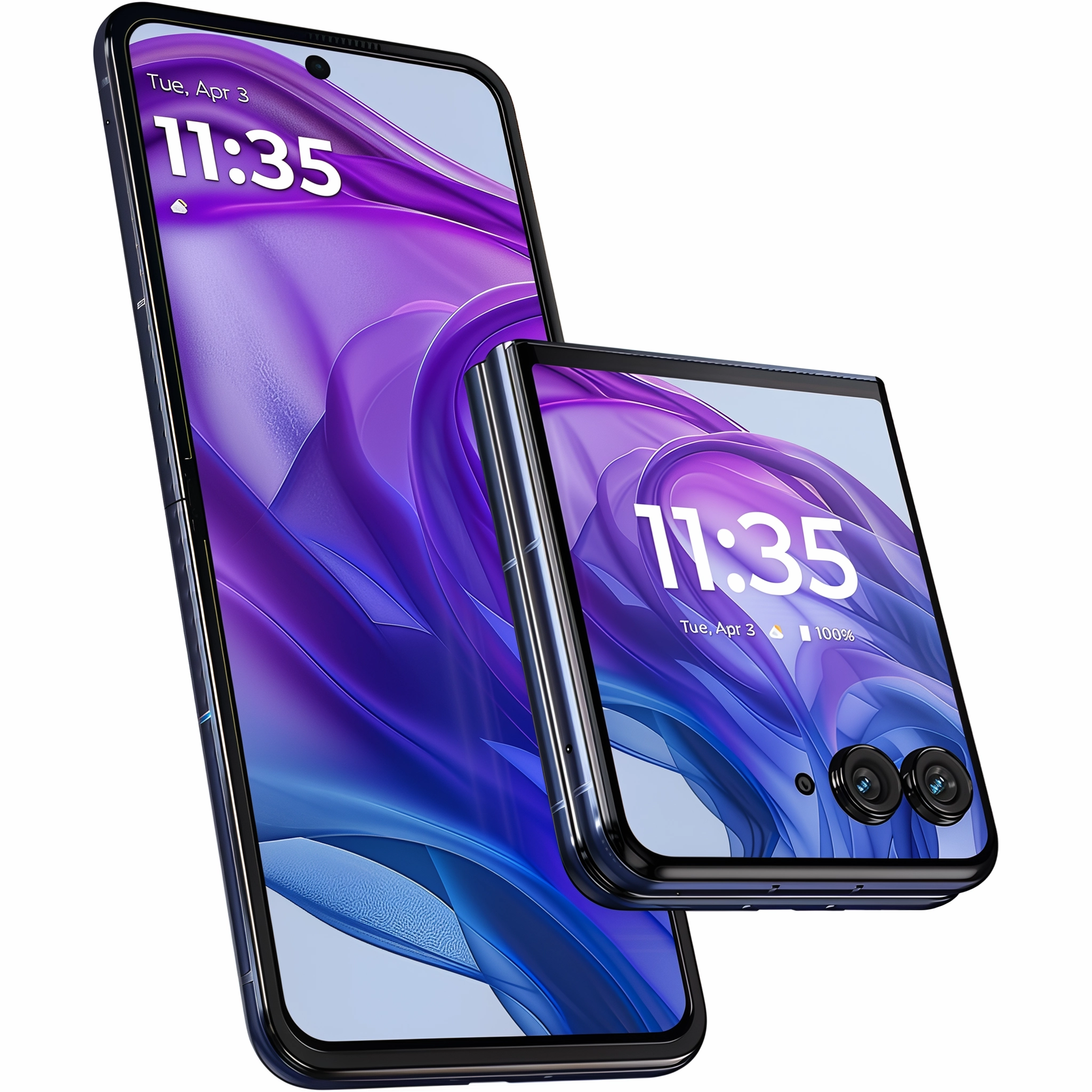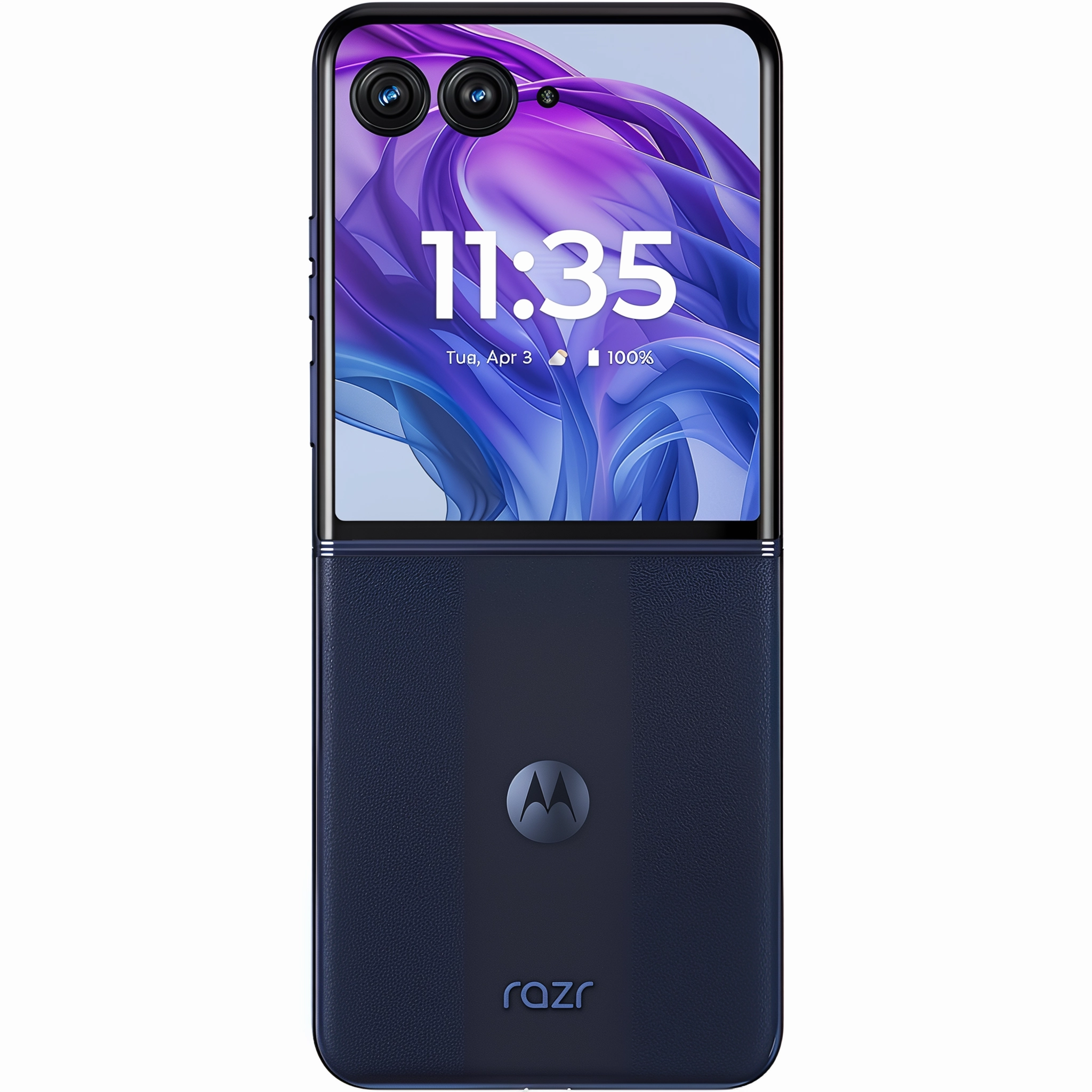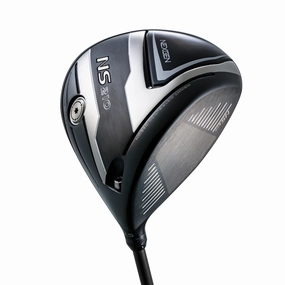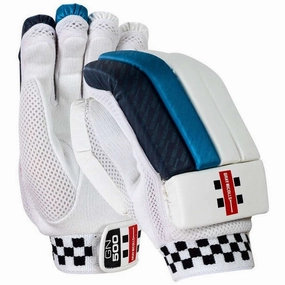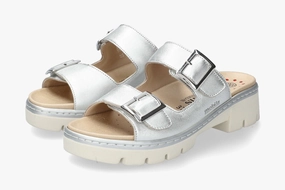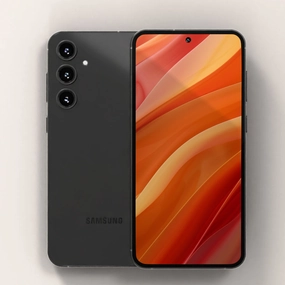The Motorola Razr (2024) redefines the foldable smartphone experience with a bold fusion of retro design and modern innovation. With its iconic clamshell form factor, the Razr pays homage to Motorola's classic flip phones, while introducing major enhancements in usability and performance. One of the standout features is the expansive 4.0-inch external OLED display, the largest on any flip-style foldable, which allows users to run full apps, reply to messages, control music, and take selfies—all without opening the phone.
Unfolding the device reveals a stunning 6.9-inch LTPO AMOLED display with a refresh rate of up to 165Hz, making everything from scrolling to gaming feel ultra-smooth. The display supports HDR10 , offers vibrant colors, and reaches up to 3000 nits of peak brightness, making it easily viewable even in bright sunlight. The overall build quality is premium, with a sleek aluminum frame, durable hinge mechanism, and a soft vegan leather finish that adds grip and flair.
Powering the Razr is the Snapdragon 8s Gen 3 chipset, paired with 12GB of RAM and 256GB of internal UFS 4.0 storage. This setup ensures responsive performance whether you're multitasking, capturing content, or using Motorola’s AI-powered features like Auto Night Vision and Adaptive Stabilization. The 4000 mAh battery supports 45W wired and 15W wireless charging, offering fast top-ups and reliable all-day battery life.
Camera performance is handled by a dual-lens system on the rear, featuring a 50MP main sensor with optical image stabilization and a 50MP telephoto lens with 2x optical zoom. The 32MP front-facing camera, embedded into the internal screen, provides crisp selfies and clear video calls. The Razr also features IPX8 water resistance, stereo speakers with Dolby Atmos, and Motorola’s signature software enhancements like Moto Gestures and Moto Secure.
Altogether, the Motorola Razr (2024) is a feature-rich, eye-catching foldable phone that’s perfect for users who want something stylish, compact, and loaded with functionality. It's not just a nostalgic nod to the past—it’s a confident step into the future of mobile design.




